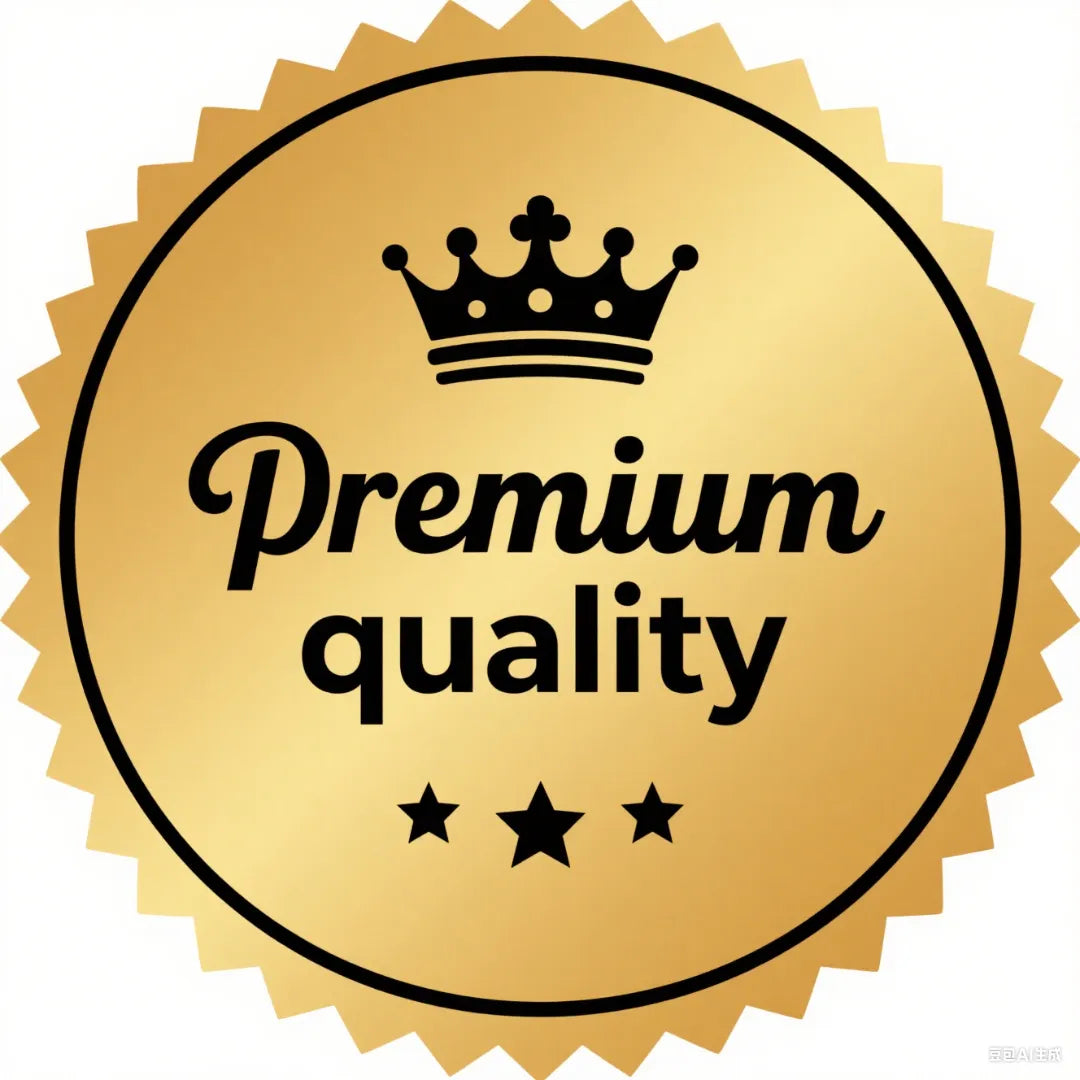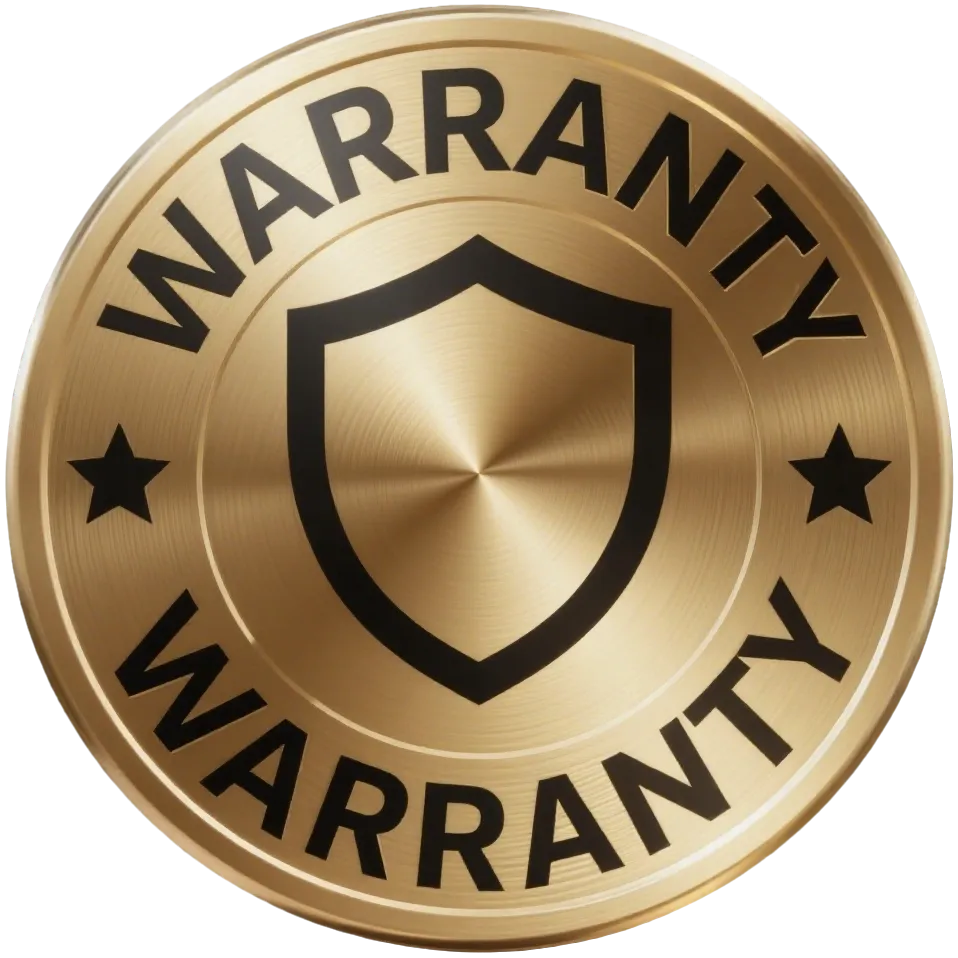As a passionate collector of uranium glass, I’ve often been asked: "Does handling these glowing antiques pose a health risk?" The short answer is no—under normal circumstances, uranium glass is safe to collect and display. However, there are important nuances to understand. Let’s dive into the science, history, and safety measures surrounding this fascinating—and slightly radioactive—hobby.
What Is Uranium Glass?
Uranium glass, also known as Vaseline glass (due to its petroleum jelly-like hue), is a type of decorative glass that contains uranium dioxide (typically 0.1% to 2% by weight). When exposed to ultraviolet (UV) light, it emits a bright neon-green glow, a phenomenon caused by fluorescence rather than radiation itself.
Historically, uranium glass was widely produced from the 1830s to the 1940s, used in tableware, jewelry, and decorative objects. Its production declined after WWII due to uranium’s redirection toward nuclear weapons, but vintage pieces remain highly collectible today.

How Radioactive Is Uranium Glass?
1. Radiation Levels: Minimal but Detectable
Uranium glass emits low levels of alpha and beta radiation, detectable with a Geiger counter. However, most pieces register less than 10 microsieverts per hour (μSv/h), which is:
·Far below the 1,000 μSv annual limit recommended for public exposure.
· Comparable to natural background radiation from rocks, soil, or even bananas (which contain potassium-40, a mildly radioactive isotope).
A study by the U.S. Nuclear Regulatory Commission (NRC) concluded that uranium glass poses no significant risk under normal handling conditions.
2. Key Safety Considerations
While generally safe, collectors should follow these precautions:
·Avoid ingesting or inhaling uranium dust (e.g., from broken glass). Alpha particles, though weakly penetrating, can be harmful if internalized.
·Do not use uranium glass for food or drink. Historical uranium glassware was often used for serving, but modern safety standards discourage this.
·Limit prolonged skin contact. While the external radiation risk is minimal, long-term handling (e.g., wearing uranium glass jewelry daily) may slightly increase exposure.
Tips for Safe Collecting
1.Use a UV Light for Identification
-
Genuine uranium glass glows bright green under 395 nm UV light.
-
Beware of imitations like jadeite or depression glass, which may look similar but lack uranium
2.Store Properly
-
Keep pieces in glass cabinets (radiation dissipates within ~15 cm).
-
Avoid storing in bedrooms or eating areas if concerned about cumulative exposure.
3.Handle with Care
-
Wash hands after handling (especially if touching older, higher-uranium pieces).
-
Avoid grinding, sanding, or breaking uranium glass, as this can release inhalable particles.
4.Monitor with a Geiger Counter(AEGTEST-RADAR-5633)
If collecting pre-1940s glass (which may contain up to 25% uranium), occasional checks can ensure safety
Final Verdict: Enjoy Your Collection Safely!
Uranium glass is a low-risk collectible that offers a unique blend of history, art, and science. While it does emit trace radiation, the levels are far below hazardous thresholds under normal conditions. By following basic precautions—avoiding ingestion, limiting prolonged contact, and storing mindfully—you can enjoy these glowing treasures without health concerns.
So, keep hunting for those neon-green gems under UV light—just maybe don’t drink from them!






